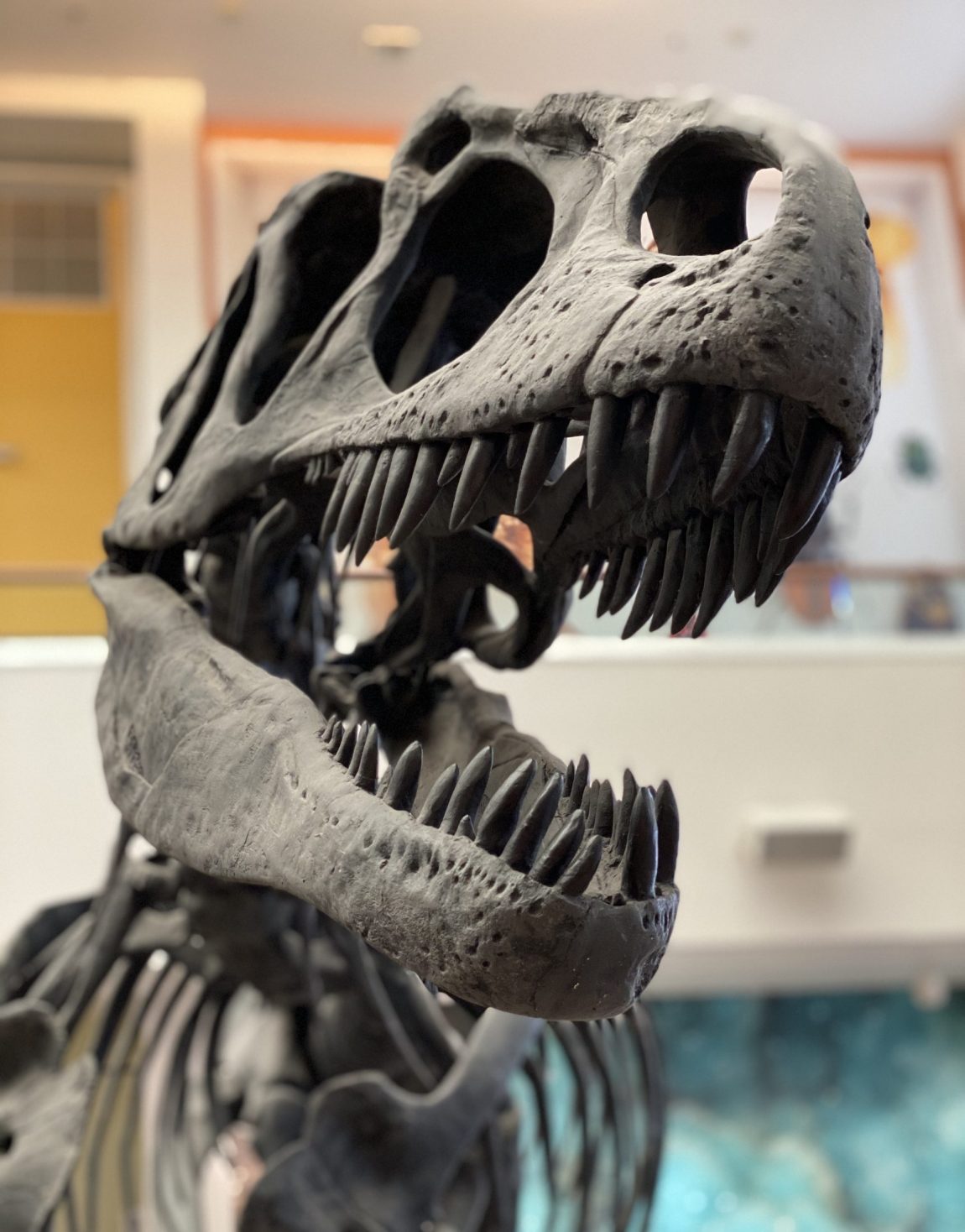Key Takeaways
- Dinosaurs were a diverse group of reptiles that dominated terrestrial ecosystems for over 160 million years.
- Birds are direct descendants of theropod dinosaurs, making them the only surviving dinosaur lineage.
- Dinosaur diversity included both gigantic and small species, with various adaptations for herbivorous, carnivorous, and omnivorous diets.
- Discoveries of feathered dinosaurs have transformed our understanding, suggesting that feathers were more common among dinosaurs than previously thought.
- The mass extinction at the end of the Cretaceous period, about 66 million years ago, led to the demise of all non-avian dinosaurs.
Dinosaur Delight: A Journey Back in Time
Imagine stomping through the lush, verdant underbrush of the late Cretaceous period, the earth trembling under the weight of colossal sauropods. The air is thick with the calls of distant creatures, a cacophony of prehistoric life. As a child, I was captivated by the enormous skeletons in museums, their bones pieced together like titanic jigsaw puzzles, evoking a world both alien and familiar. It’s a fascination that has stayed with me, the mystery of these magnificent creatures that once ruled our planet.
The discovery of the first dinosaur fossils was a window into this lost world, sparking a scientific and cultural fascination that continues today. I remember the first time I laid eyes on a dinosaur fossil, a massive vertebra of a Brontosaurus, and feeling a profound connection to Earth’s ancient past. It was as if time had folded, bridging millions of years with the touch of fossilized bone.
Dinosaurs were as varied in form as they were in size, from the towering Brachiosaurus to the fleet-footed Velociraptor. Each had its niche, from the sharp-toothed predators that stalked their prey with cunning agility to the armored herbivores that foraged the prehistoric plains. Their existence speaks to the incredible adaptability and diversity of life on Earth, each species a testament to the evolutionary narrative of our planet.
The connection between birds and dinosaurs was a revelation that reshaped our understanding, unveiling the evolutionary thread that ties the ancient to the modern. The discovery of feathered dinosaurs, such as the Archaeopteryx, in the limestone quarries of Germany was a pivotal moment, illustrating the fluid boundary between the avian and the reptilian. Birds, with their feathers and flight, are the living descendants of theropods, a lineage that survived the cataclysm that wiped out their terrestrial cousins.
The end of the dinosaurs, marked by the Cretaceous-Paleogene extinction event, remains one of Earth’s great turning points. The impact of a massive asteroid, combined with volcanic activity, altered the course of life on our planet, leading to the demise of the dinosaurs and the rise of mammals. This cataclysmic event underscores the fragility and resilience of life, a narrative of destruction and rebirth that has played out repeatedly over Earth’s history.
Frequently Asked Questions
- What exactly were dinosaurs?
Dinosaurs were a group of reptiles that appeared in the Late Triassic period and became the dominant terrestrial vertebrates. They varied greatly in size, shape, and lifestyle, evolving into numerous species over millions of years. - Are birds really dinosaurs?
Yes, birds are considered living dinosaurs, specifically part of the theropod group. This classification is based on detailed anatomical and evolutionary evidence showing that birds evolved from small, feathered theropods. - How did dinosaurs become extinct?
Dinosaurs, except for birds, became extinct around 66 million years ago, likely due to a combination of catastrophic events, including a massive asteroid impact and significant volcanic activity, leading to dramatic changes in the Earth’s climate and ecosystems. - Were all dinosaurs giant creatures?
No, dinosaurs varied greatly in size. While some, like the Argentinosaurus, reached lengths of over 100 feet, others were as small as modern birds. The diversity in size reflects the varied ecological niches they occupied. - How do we know what dinosaurs looked like?
Our understanding of dinosaur appearance comes from fossils, including bones, teeth, and, in some cases, skin impressions or feathers. Advances in technology, like CT scanning and 3D modeling, have improved our ability to reconstruct their anatomy and even their behaviors.





